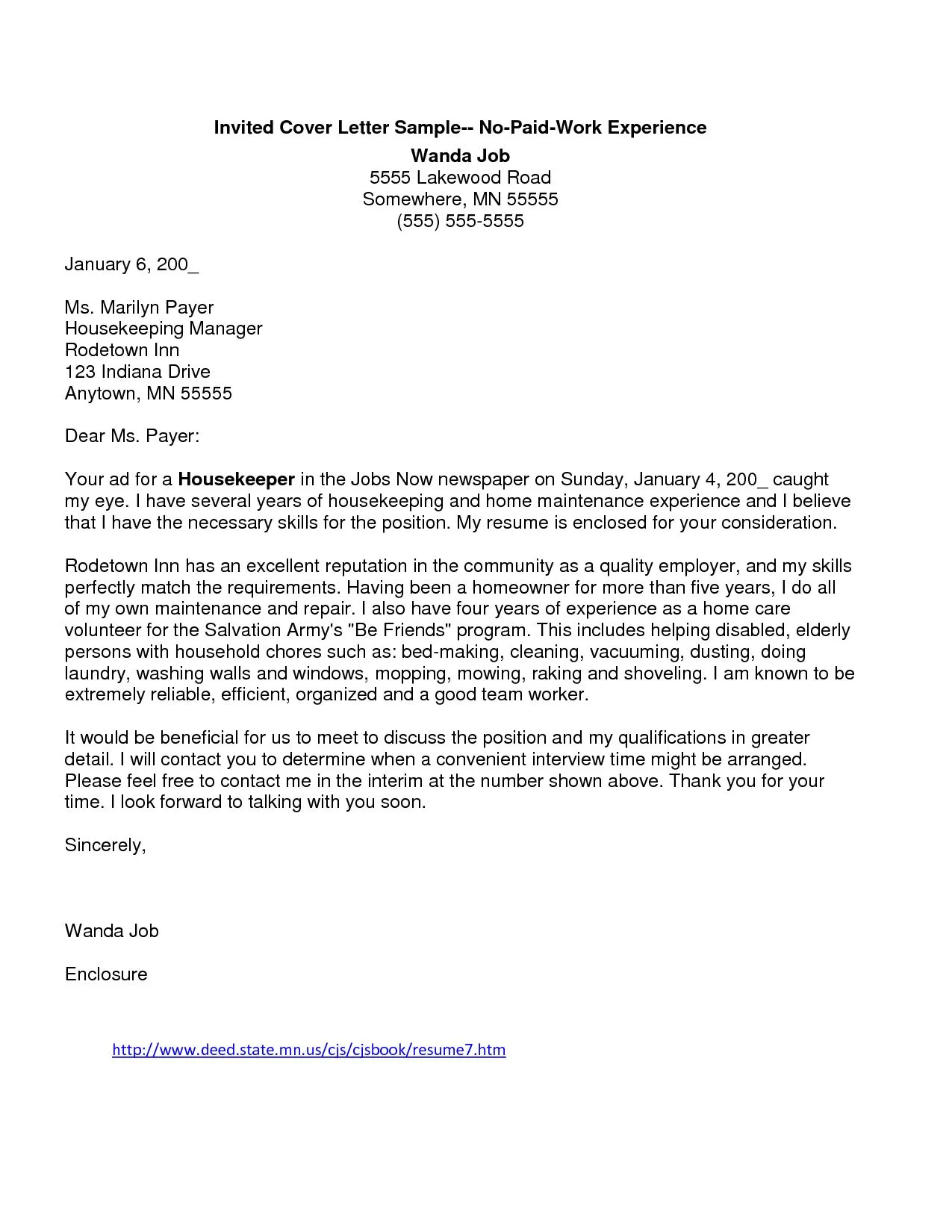Understanding the Substitute Teaching Role
Before diving into the cover letter, it’s crucial to understand what substitute teaching entails. Substitute teachers fill in for regular teachers who are absent due to illness, personal leave, or professional development. The role demands flexibility, adaptability, and the ability to manage a classroom effectively. You’ll be expected to follow lesson plans, maintain classroom order, and engage students in learning. Recognizing the multifaceted nature of the job helps you frame your skills and experiences in a way that resonates with hiring managers. Consider the daily challenges and responsibilities to tailor your approach. Effective substitute teachers create a positive and productive learning environment, often with little preparation. Understanding these needs allows you to position yourself strategically.
Key Components of a Strong Cover Letter
A compelling cover letter is a vital tool for getting noticed. It’s your first opportunity to introduce yourself and showcase why you’re a great fit for the role. Include a professional header with your contact information, the date, and the school’s address if known. The opening paragraph should immediately grab the reader’s attention, followed by body paragraphs detailing your relevant skills and experiences. A strong closing should reiterate your interest and include a call to action. Proofread meticulously, ensuring it’s free of errors and reflects your professionalism. It’s not just a formality; it is a chance to highlight how your unique skills align with the school’s requirements. Ensure that the tone is positive, enthusiastic, and reflects your commitment to education.
Highlighting Transferable Skills
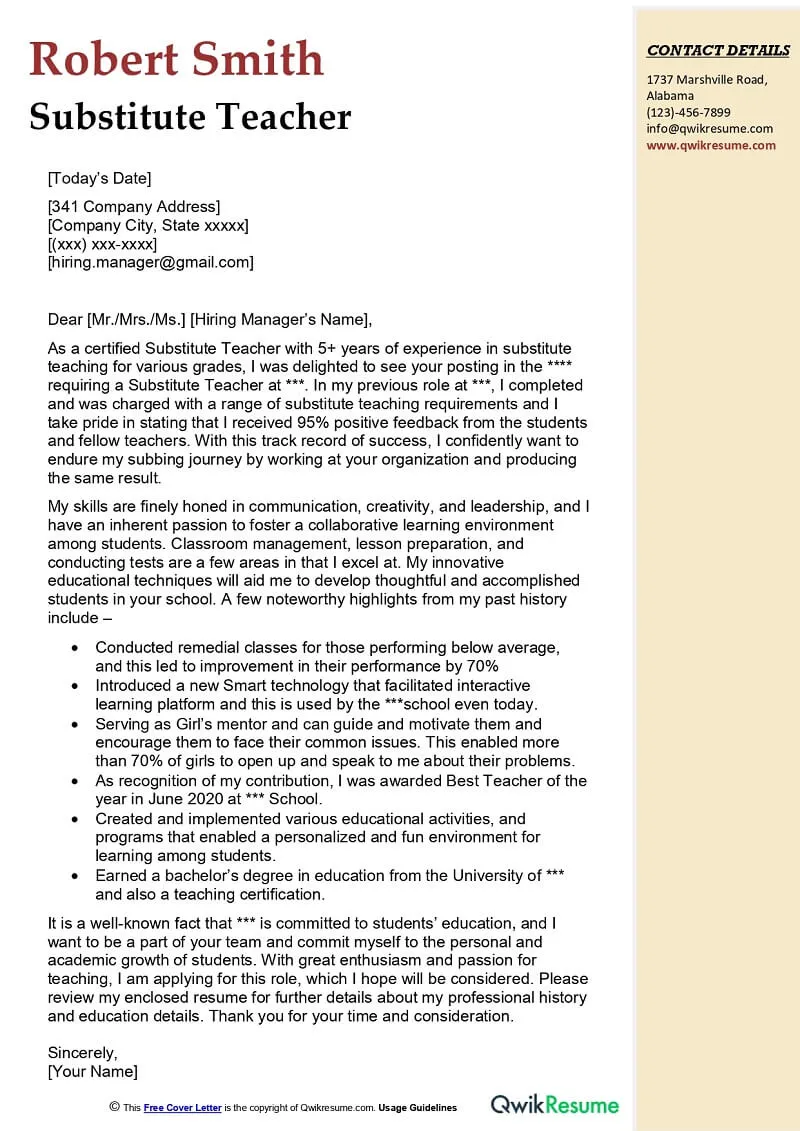
Even with no direct teaching experience, you likely possess transferable skills valuable to substitute teaching. Think about skills acquired through previous jobs, volunteer work, or even hobbies. Communication skills are paramount; whether it’s explaining concepts, giving instructions, or listening to students, these are vital for classroom management. Consider your experience in customer service, project management, or leadership positions to highlight organizational abilities. If you’ve organized events, managed teams, or resolved conflicts, these experiences showcase abilities that are easily transferable to the teaching environment. Remember that adaptability is key to succeeding as a substitute teacher, and showcase times you have embraced change. Emphasize teamwork, as you’ll need to collaborate with school staff.
Skills to Showcase in Your Cover Letter
Certain skills are particularly important for substitute teachers. Highlight your classroom management skills, even if it’s from volunteer or informal roles. If you’ve ever supervised groups, managed conflicts, or enforced rules, those experiences demonstrate your ability to maintain order. Communication skills are essential, so showcase your ability to explain instructions, actively listen, and adapt to different communication styles. Emphasize your ability to build rapport with students, and demonstrate empathy and patience. Demonstrate your organizational skills, such as time management and ability to follow detailed instructions. Mention any experience that demonstrates your ability to follow lesson plans or adapt to changing situations. Stress your enthusiasm for learning and working with children. Highlight any relevant software proficiency, especially tools used in education.
Addressing the Lack of Experience
It’s crucial to address the elephant in the room if you have no prior teaching experience. Instead of avoiding it, acknowledge the lack of experience upfront and frame it positively. Explain why you’re drawn to substitute teaching. This shows self-awareness and proactivity. Focus on your enthusiasm for education and working with children. Emphasize the skills you do possess that will contribute to your success, such as your strong work ethic, adaptability, or quick learning abilities. If you’ve taken any relevant coursework or training, be sure to mention it. If you have volunteered in a school setting, or helped children in any capacity, this will strengthen your application. By focusing on transferable skills and demonstrating a genuine interest in education, you can overcome the perceived disadvantage of inexperience.
Structuring Your Cover Letter for Impact
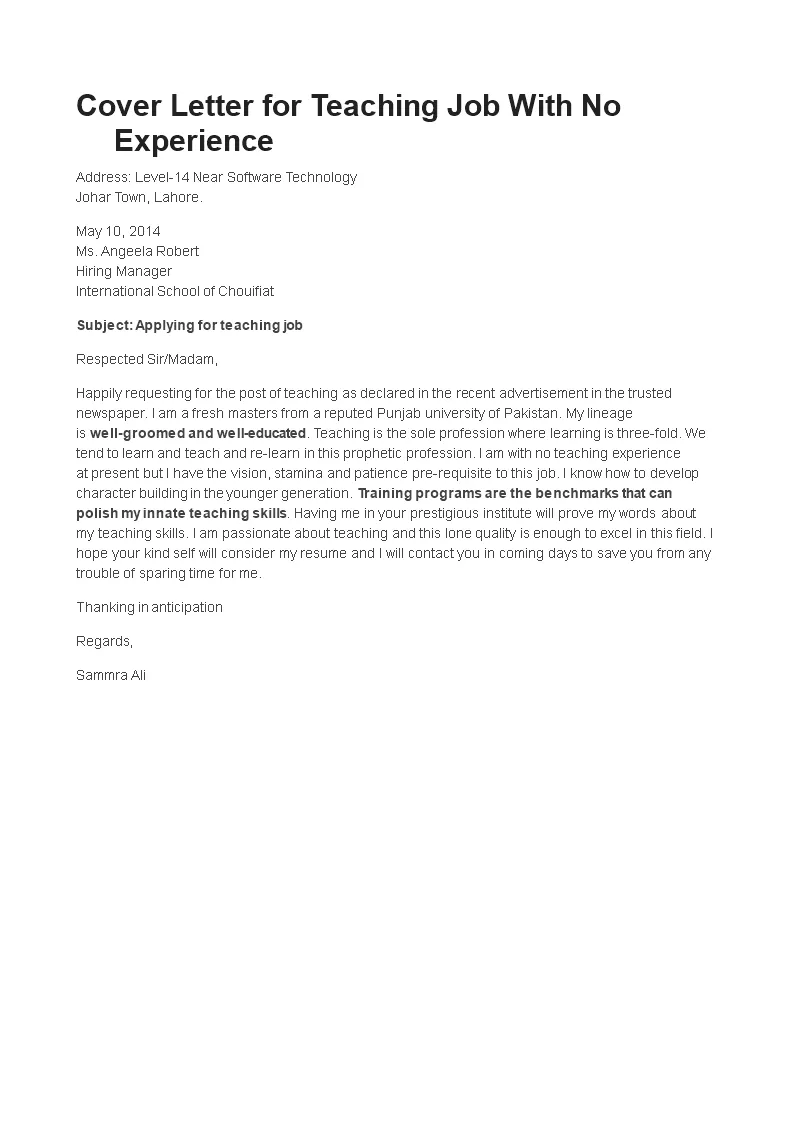
Structure your cover letter logically to make a strong impression. Start with a professional header containing your contact information, followed by the date and the school’s address. In the opening paragraph, state the position you’re applying for and where you saw the advertisement. The body paragraphs should focus on your key skills and experiences, emphasizing transferable abilities and how they align with the requirements of a substitute teacher. Use specific examples to illustrate these skills, showing not just telling. The closing should reiterate your interest in the role and invite the reader to contact you for an interview. Maintain a clear, concise, and professional tone throughout. Use short, easy-to-read paragraphs and ensure the letter is visually appealing and well-formatted. Tailor the letter to each specific school to show your genuine interest.
Writing an Engaging Opening Paragraph
The opening paragraph is your first chance to grab the reader’s attention. It should be concise and directly state the position you’re applying for. Show enthusiasm for the opportunity, and briefly explain why you’re a good fit for the role, even with no prior teaching experience. Mention where you found the job posting, and consider including the name of a specific school employee, if you know it, to personalize the letter. Briefly mention your career goals related to education. If you have a personal connection to the school or community, include it. Keep it professional and show that you’ve done your homework on the school’s mission or values. The goal is to entice the reader to continue reading and learn more about your qualifications.
Body Paragraphs Highlighting Value
The body paragraphs are where you demonstrate your value. Focus on highlighting transferable skills and provide specific examples to support your claims. Use the STAR method (Situation, Task, Action, Result) to explain how you used your skills in a previous role. If you’ve managed a project, describe the situation, your tasks, the actions you took, and the results you achieved. Quantify your achievements whenever possible. For instance, did your efforts reduce conflict, increase efficiency, or improve outcomes? Relate each skill to the requirements of a substitute teacher. For example, if you have experience in customer service, highlight how you are adept at communicating with different groups of people. If you’ve worked with children in any capacity, be specific about the situations and results. This helps the hiring manager visualize your potential in the classroom.
Creating a Compelling Closing
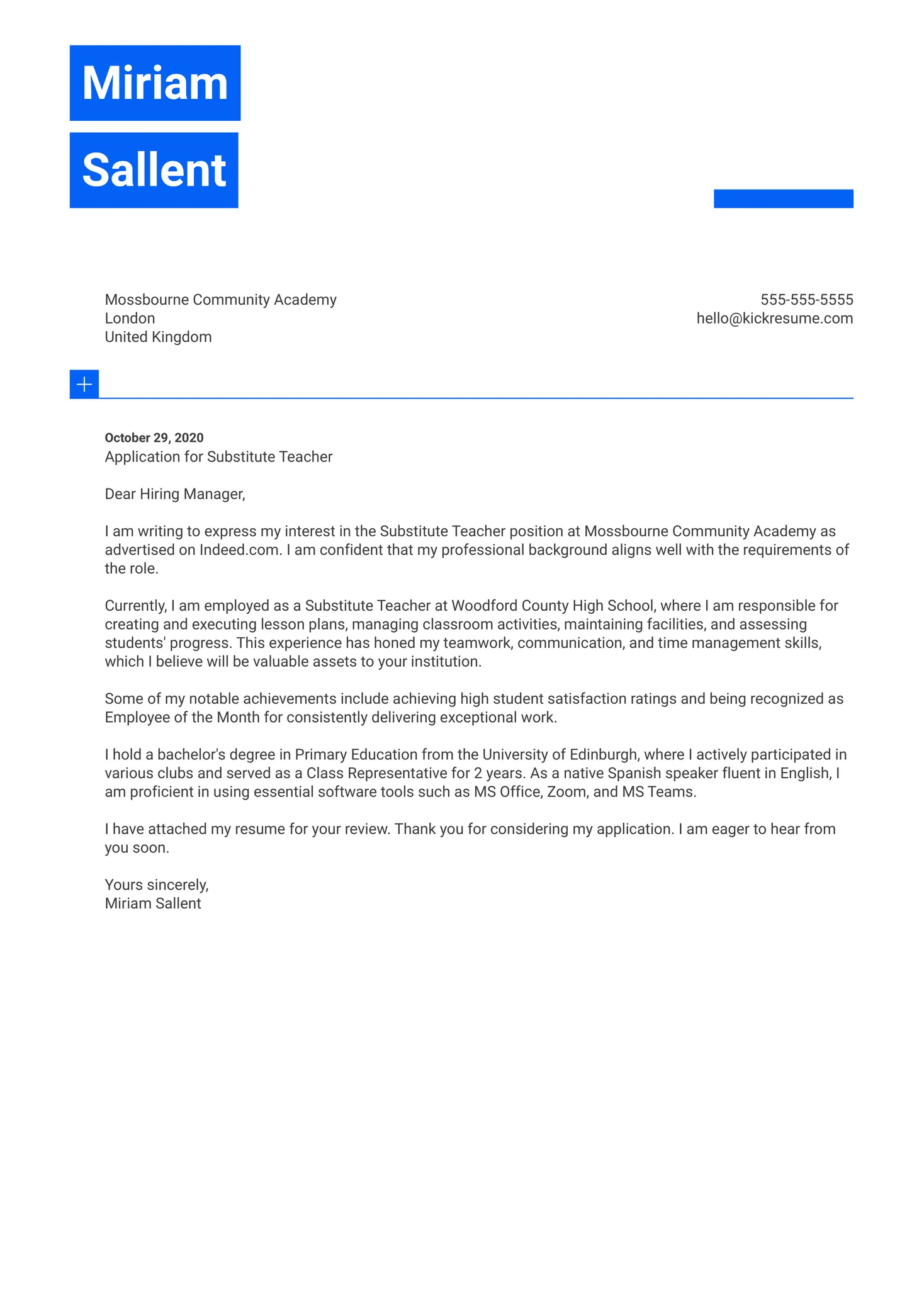
The closing paragraph should leave a lasting positive impression. Reiterate your interest in the substitute teaching position and your enthusiasm for contributing to the school. Thank the hiring manager for their time and consideration. Make a clear call to action, inviting the reader to contact you for an interview. Include your contact information again, making it easy for them to reach out. You may briefly mention your availability for interviews and indicate your flexibility. Proofread the closing carefully to ensure it is polished and professional. End with a confident and positive statement that reflects your eagerness to start working in the school system. A strong closing reinforces your dedication and increases your chances of getting hired.
Formatting and Proofreading Your Letter
Formatting and proofreading are crucial aspects of creating a professional cover letter. Choose a clean, readable font like Times New Roman or Arial, and use a font size between 10 and 12 points. Use single spacing within paragraphs and double spacing between paragraphs. Ensure consistent margins and alignment throughout the document. Proofread your cover letter meticulously for any grammatical errors, spelling mistakes, and punctuation issues. Ask a friend or family member to review it as a fresh pair of eyes often catch mistakes you might miss. Ensure that your contact information is accurate and up-to-date. Save your cover letter as a PDF to preserve formatting and ensure it looks the same on all devices. A well-formatted and error-free cover letter demonstrates attention to detail and professionalism, increasing your chances of getting hired.
Tailoring Your Letter to the School
To make your cover letter stand out, tailor it to the specific school you’re applying to. Research the school’s mission, values, and any recent initiatives. Address your letter to the hiring manager or the principal, if possible. If the job posting mentions specific skills or requirements, make sure to highlight how your skills align with those needs. If you have any knowledge of the school’s environment, culture, or demographics, incorporate that into your letter. Use the school’s name throughout the document to show you’ve paid attention to details. By customizing your cover letter, you demonstrate genuine interest and a commitment to being a valuable member of the school community. This level of personalization shows your eagerness and increases the likelihood of being selected for an interview.
Contact Information and Follow-Up
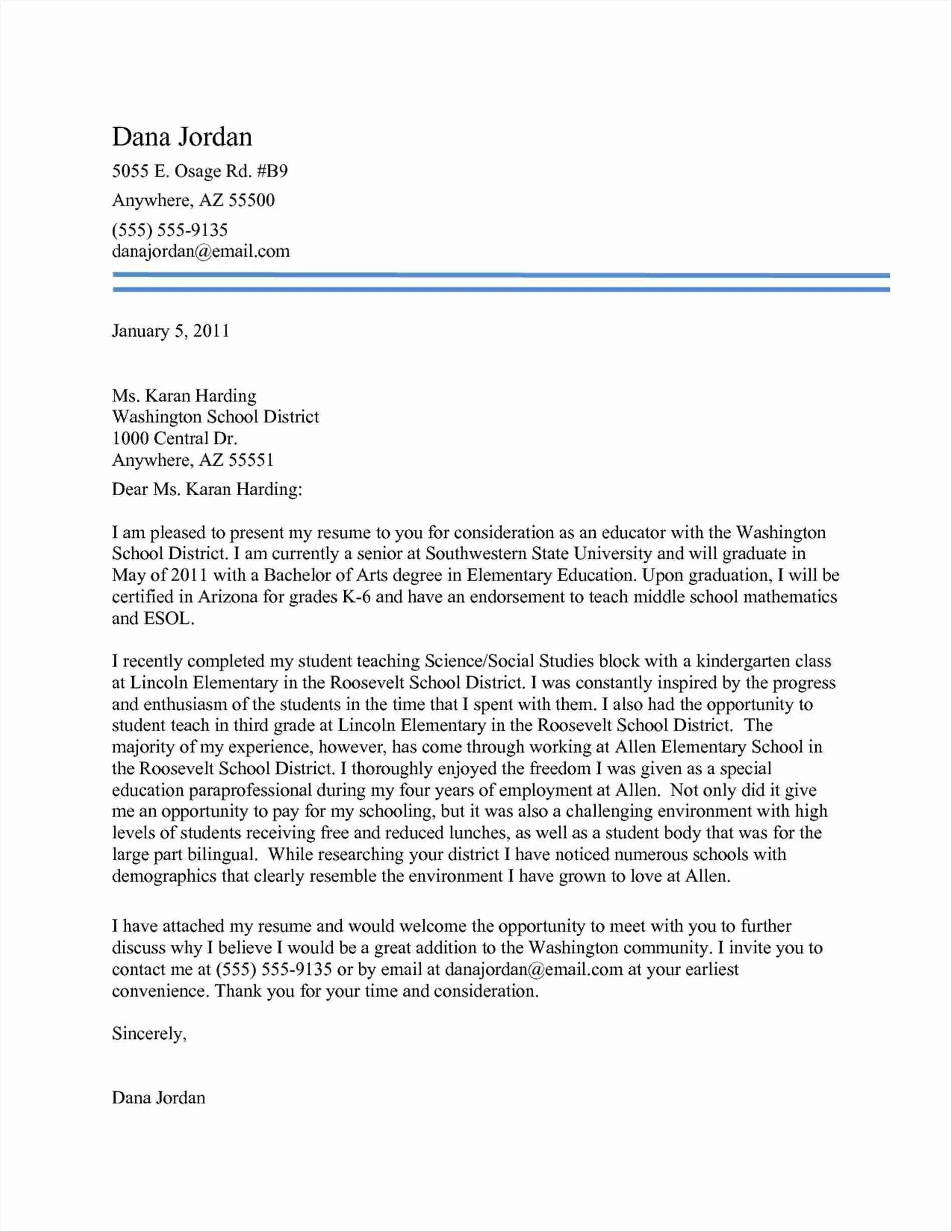
Include your contact information at the top of your cover letter, including your name, phone number, and email address. Make sure your email address is professional. After submitting your cover letter, follow up with the school to express your interest. You can send a brief email or make a phone call a week or two after submitting your application. Reiterate your interest in the position and ask if they need any further information. A follow-up demonstrates initiative and a strong desire for the role. If you don’t receive a response, you can send a second follow-up a week later. If you’re not selected, consider it a learning opportunity. Use the experience to refine your cover letter and interviewing skills for future applications.
